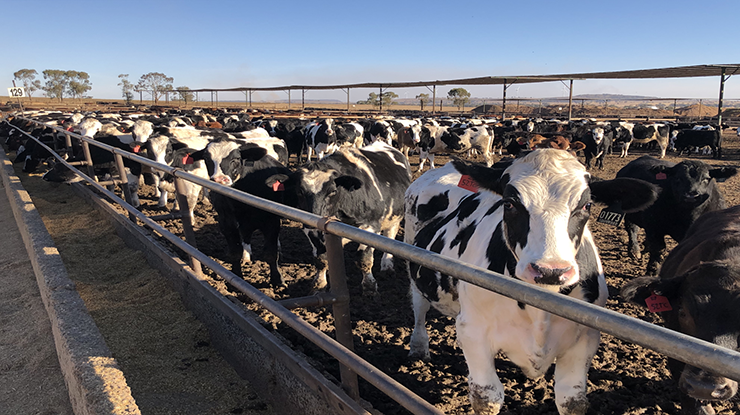
Major eating quality research nears completion
Into the new financial year and beyond, the MSA research and development (R&D) team continues to collaborate with research partners to conduct eating quality research, with the ultimate goal of ensuring all cattle and sheepmeat pathways are eligible for MSA grading.
Despite some delays due to COVID-19, a number of key research projects will soon be completed as part of this body of work. Read on to hear the latest on these projects and the benefits they’re expected to bring to industry.
Wagyu and dairy beef cattle research progresses
In exciting news, research aimed at understanding whether there is a positive ‘Wagyu effect’ on eating quality over and above the MSA model predictions will soon be complete. Read more about this project here.
Also soon to reach completion is another project studying the impact of genetics, nutrition and management on the performance and eating quality of beef from dairy breeds.
While dairy cattle are already eligible for MSA grading, this project aimed to identify suitable production system pathways to result in positive eating quality outcomes and improved value captured from these animals. Conducted in partnership with Charles Sturt University, Teys Australia, Dairy Australia, Northern Co-operative Meat Company and Manildra Meat Company, the project also looked at opportunities for veal pathways as well as alternative feeding regimes.
Trials resume for new northern MSA opportunities
Following delays due to environmental factors, another cohort of cattle will take part in trials to resume in the coming months as part of a project which seeks to understand the impact of long distance rail transport on beef eating quality.
Ultimately, the project aims to open up the pathway to MSA cattle – an opportunity which carries the potential to deliver an estimated $50 million annually in additional returns to industry.
Saleyard research kicks off
A project to understand further saleyard pathways was also initiated this year, with the first cohort of cattle recently tested as part of the initiative.
This pathway looks to understand the eating quality impacts of cattle through saleyards over longer periods, including between 48–72 hours from farm to slaughter, as well as the impact of refeeding animals for six and 13 days.
The second phase of the trial is to be conducted in the 2022–23 financial year.
Sheepmeat research continues
Further sheepmeat eating quality R&D is continuing looking to expand the cut-by-cooking method outcomes in the cuts-based MSA model, as well as understanding the eating quality of older animals and further consignment pathways.
The guarantee of consistent eating quality for consumers is a cornerstone of the MSA program and it is important that the impact on eating quality of these additional pathways is validated.
The opportunity to include these additional pathways in the MSA program will enable more animals to be eligible for MSA grading and for further value to be captured in the supply chain through meeting or exceeding consumer expectations.
More to come
Further updates on the progress on these projects will be shared as the results become available.



